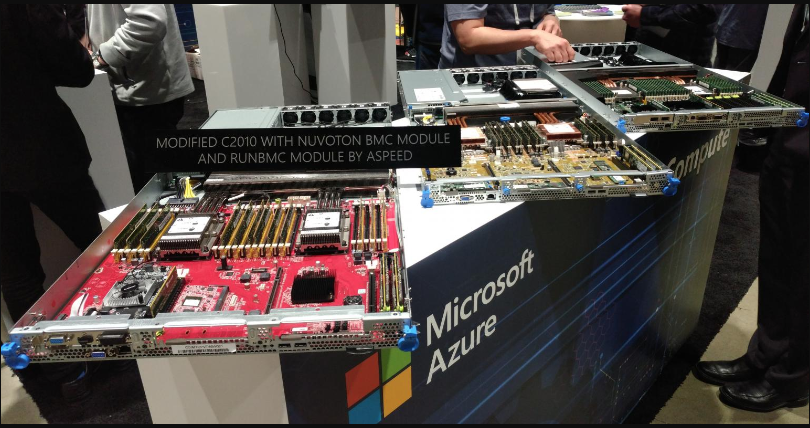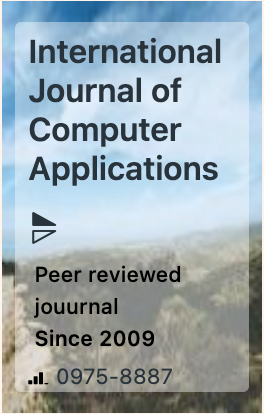The week's pick
Random Articles
Reseach Article
Atmospheric Correction of Sentinal-2 Satellite Data using Deep Learning
| International Journal of Computer Applications |
| Foundation of Computer Science (FCS), NY, USA |
| Volume 186 - Number 78 |
| Year of Publication: 2025 |
| Authors: Yaksh Shah, Vishal Polara, Nilesh Prajapati, Kashish Datta, Jugal Gadhavi, Sujal Vadgama |
 10.5120/ijca2025924648
10.5120/ijca2025924648
|
Yaksh Shah, Vishal Polara, Nilesh Prajapati, Kashish Datta, Jugal Gadhavi, Sujal Vadgama . Atmospheric Correction of Sentinal-2 Satellite Data using Deep Learning. International Journal of Computer Applications. 186, 78 ( Apr 2025), 21-26. DOI=10.5120/ijca2025924648
Abstract
Remote sensing relies heavily on Atmospheric Correction (AC) to ensure accurate estimation of land Surface Reflectance (SR) for various applications. Conventional AC methods, while effective, are computationally expensive and require extensive atmospheric parameters that can be challenging to estimate accurately. This research proposes a novel deep learning model for AC that eliminates the need for explicit atmospheric parameter estimation. Our approach utilizes a Pix2Pix architecture trained on a diverse dataset of Sentinel-2 images covering all states in India, collected via Google Earth Engine. The model includes four bands (red, green, blue, and visible near-infrared) and directly predicts SR values from Top-of-Atmosphere (TOA) reflectance. The model demonstrated promising results, accurately estimating SR values across various scenarios. Evaluation metrics showed significant improvements, with mean Structural Similarity Index (SSIM) increasing from - 0.0025 to 0.961 and mean Peak Signal-to-Noise Ratio (PSNR) rising from 11.0188 dB to 42.14 dB post-training. This approach not only simplifies the AC process but also achieves comparable or superior performance to traditional physics- based methods. The experimental findings underscore the potential of deep learning as a robust and efficient alternative for atmospheric correction in remote sensing applications, offering possibilities for faster processing of large satellite image datasets. This study contributes to the application of artificial intelligence in remote sensing, paving the way for more accessible and efficient atmospheric correction methods. Future work could explore the model's adaptability to other sensors, incorporation of temporal data, and integration with traditional physics-based models.
References
- Liu, Y., & Wang, Q. (2017). An E-voting Protocol Based on Blockchain. IACR Cryptology ePrint Archive, 1043.
- Shahzad, B., & Crowcroft, J. (2019). Trustworthy Electronic Voting Using Adjusted Blockchain Technology.Access, 7, 24477–24488
- Racsko, P. (2019). Blockchain and Democracy. Soc. Econ., 41, 353–369.
- Yaga, D., Mell, P., Roby, N., & Scarfone, K. (2019). Blockchain technology overview. arXiv, arXiv:1906.11078.
- The Economist. (2018). EIU Democracy Index. Retrieved from x/ (accessed on 18 January 2020).
- Cullen, R., & Houghton, C. (2000). Democracy online: An assessment of New Zealand government web sites.Information Quarterly, 17, 243–267.
- Schinckus, C. (2020). The good, the bad and the ugly: An overview of the sustainability of blockchain technology.Research & Social Science, 69, 101614.
- Gao, S., Zheng, D., Guo, R., Jing, C., & Hu, C. (2019). An Anti-Quantum E-Voting Protocol in Blockchain with Audit Function. IEEE Access, 7, 115304–115316..
- Kim, T., Ochoa, J., Faika, T., Mantooth, A., Di, J., Li, Q., & Lee, Y. (2020). An overview of cyber-physical security of battery management systems and adoption of blockchain technology.
- Hang, L., & Kim, D.-H. (2019). Design and implementation of an integrated IoT blockchain platform for sensing data integrity. Sensors, 19, 2228.
- Chang, V., Baudier, P., Zhang, H., Xu, Q., Zhang, J., & Arami, M. (2020). How Blockchain can impact financial services–The overview, challenges and recommendations from expert interviewees.Change, 158, 120166.
- Wang, B., Sun, J., He, Y., Pang, D., & Lu, N. (2018).Largescale election based on blockchain.129, 234–237.
- Hakak, S., Khan, W. Z., Gilkar, G. A., Imran, M., & Guizani,N. (2020). Securing smart cities through blockchain technology: Architecture, requirements, and challenges.8–14.
- Çabuk, U. C., Adiguzel, E., & Karaarslan, E. (2020). A survey on feasibility and suitability of blockchain techniques for e-voting systems. arXiv, arXiv:2002.07175.
- https://core.ac.uk/download/pdf/155779036.pdf
- Vo-Cao-Thuy, L., Cao-Minh, K., Dang-Le-Bao, C., & Nguyen, T. A. (2019). Votereum: An Ethereum-based E-voting system
- Halgaonkar, V. A., Choudhari, P., Kelapure, M., & Shirke, P. (2019). Online Voting: Voting System Using Blockchain.
- Khoury, D., Kfoury, E. F., Kassem, A., & Harb, H. (2018). Decentralized Voting Platform Based on Ethereum Blockchain
- Bhavan, G. (2018). Survey on Blockchain-Based E-Voting Recording System Design.
Index Terms
Keywords

